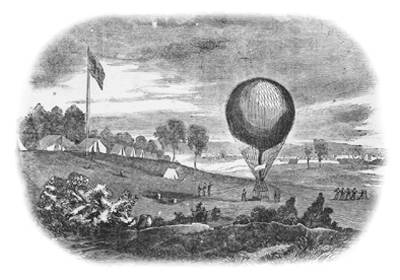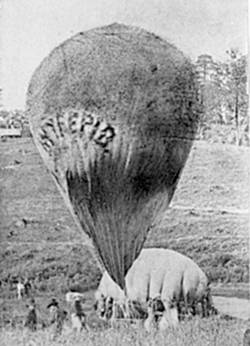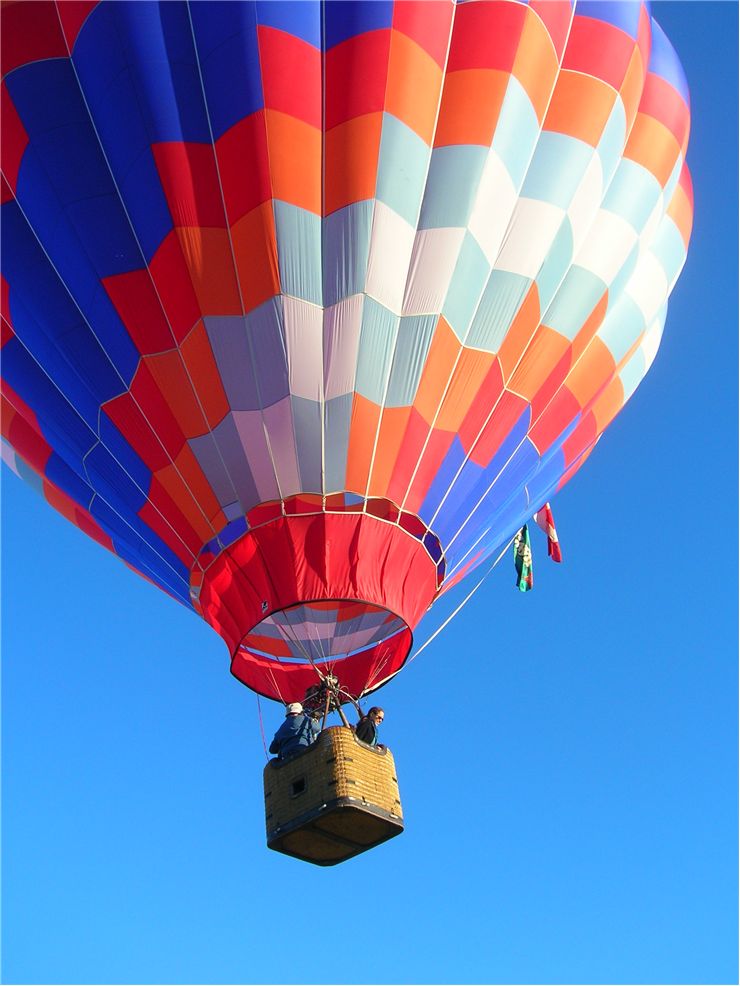History of Ballooning- From First Balloons
Balloon is basically a bag (envelope) that is capable of containing a gas. Balloons used for ballooning, and which fly in the air, are filled with a heated air (which is lighter that a cold air) or a gas, especially chosen because it is also lighter than air (helium, hydrogen...) Balloons can be manned and unmanned and are still used today.
History of ballooning is longer than it may appear at the first glance. The first unmanned hot air balloons were used in 3th century China, during the era of Three Kingdoms. They were flying lanterns and were used for military signaling. Although materials known to Chinese at that time could allow them to build a balloon that could carry a man, there is no direct archaeological evidence that they tried such a thing. Europe had its first unmanned balloon flight on August 8, 1709, when Bartolomeu de Gusmão made a presentation in front of king John V and the Portuguese court when he managed to lift a small hot air balloon made of paper.
The world's first hydrogen-filled balloon was launched on August 27, 1783 from the Champ de Mars where now stands Eiffel Tower. Its designer was Professor Jacques Charles who was inspired by Henry Cavendish's 1766 work on hydrogen, Robert Boyle's Boyle's Law and Joseph Black who had the idea before him that a balloon filled with hydrogen would be able to rise in the air. He joined Robert brothers who invented a small airtight balloon from silk covered with rubber which was dissolved in a solution of turpentine. The balloon flew for 45 minutes, and landed 21 kilometers away where it ended attacked with pitchforks and knives by local villagers who didn’t know what it was.
The first flight that had passengers, but who still were not human, happened on 19 September, 1783. On that day Montgolfier brothers, Joseph-Michel and Jacques-Etienne, launched a hot air balloon called Aerostat Réveillon with a sheep, a duck and a rooster in front of a crowd at the royal palace in Versailles, King Louis XVI of France and Queen Marie Antoinette. Balloon few some 460m in the air, stayed there 8 minutes and landed safely.
Montgolfier brothers carried also the first human flight. This happened on October 19, 1783 and the first people in the air were scientist Jean-François Pilâtre de Rozier, the manufacture manager, Jean-Baptiste Réveillon and Giroud de Villette. This flight was tethered because of safety so the Montgolfier brothers made the first free flight with human passengers on 21 November 1783. Passingers were Jean-François Pilâtre de Rozier again and Marquis François d'Arlandes.
These balloons were all hot air balloons. Ten days after the first free flight, on December 1, 1783, the first manned hydrogen balloon flight occurred. Professor Jacques Charles and the Robert brothers launched a manned hydrogen balloon, bigger than their first, from the Jardin des Tuileries in Paris. It had two flights on that day, first to the height of 550m and second to 3,000m.
After that, ballooning made many new feats. Jean-Pierre Blanchard crossed the English Channel on January 7, 1785 in a balloon. In May 1785, the first aviation disaster occurred. Balloon crashed in Tullamore, Ireland and had set 100 houses ablaze. During the Battle of Fleurus 1794, the French used a tethered hydrogen balloon as an observation point which marks the first military use of a balloon. During the Battle of Britain (World War II), barrage balloons were inflated over the city of London as a defense against the air attacks. Early and mid-20th century saw use of hydrogen balloons in upper-atmosphere research while today balloons are mainly used for recreation.


